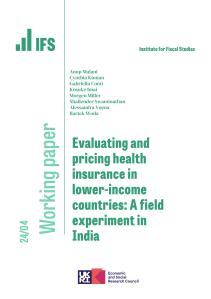Abstract
BACKGROUND:
Frail olderadults are heavy users of health and social care. In order to reduce the costs associated with frailty in older age groups, safe and cost-effective strategies are required that will reduce the incidence and severity of frailty.
OBJECTIVE:
We investigated whether self-reported intensity of physicalactivity (sedentary, mild, moderate or vigorous) performed at least once a week can significantly reduce trajectories of frailty in olderadults who are classified as non-frail at baseline (Rockwood's Frailty Index [FI] ≤ 0.25).
METHODS:
Multi-level growth curve modelling was used to assess trajectories of frailty in 8649 non-frail adults aged 50 and over and according to baseline self-reported intensity of physicalactivity. Frailty was measured in five-year age cohorts based on age at baseline (50-54; 55-59; 60-64; 65-69; 70-74; 75-79; 80+) on up to 6 occasions, providing an average of 10 years of follow-up. All models were adjusted for baseline sex, education, wealth, cohabitation, smoking, and alcohol consumption.
RESULTS:
Compared with the sedentary reference group, mild physicalactivity was insufficient to significantly slow the progression of frailty, moderate physicalactivity reduced the progression of frailty in some age groups (particularly ages 65 and above) and vigorous activity significantly reduced the trajectory of frailty progression in all olderadults.
CONCLUSION:
Healthy non-frail olderadults require higher intensities of physicalactivity for continued improvement in frailtytrajectories.








